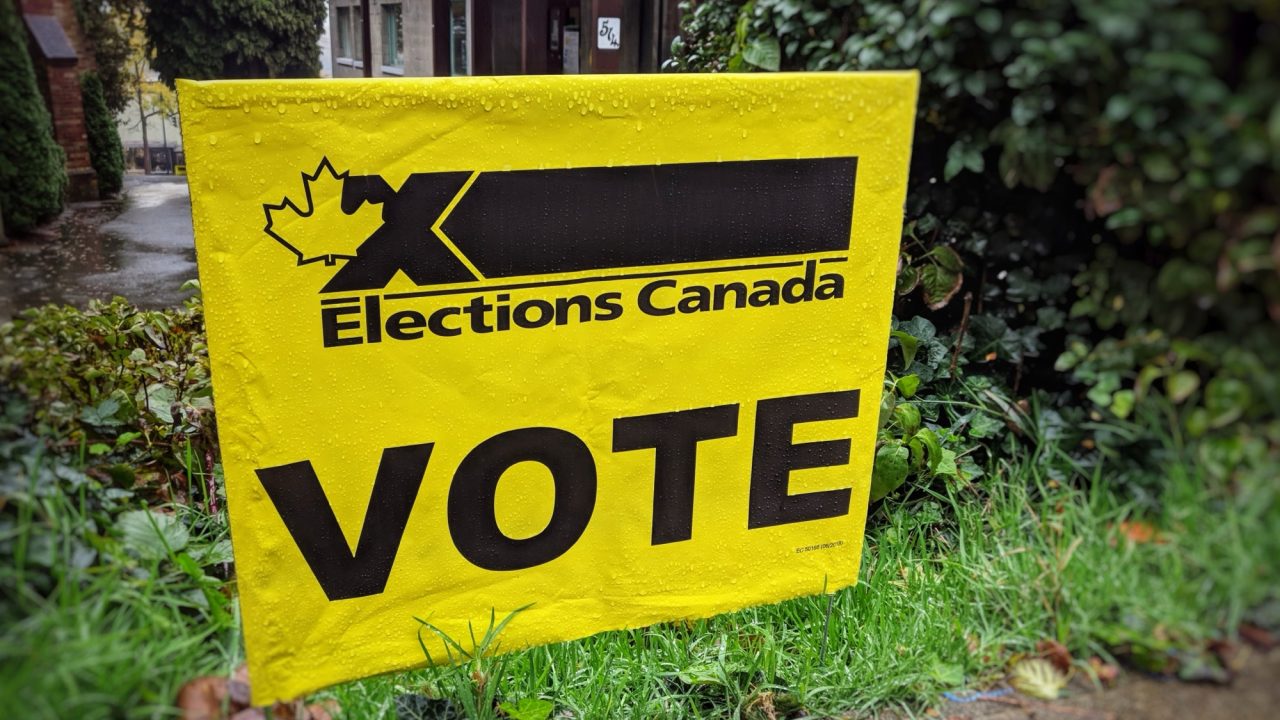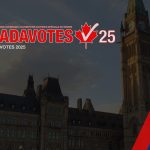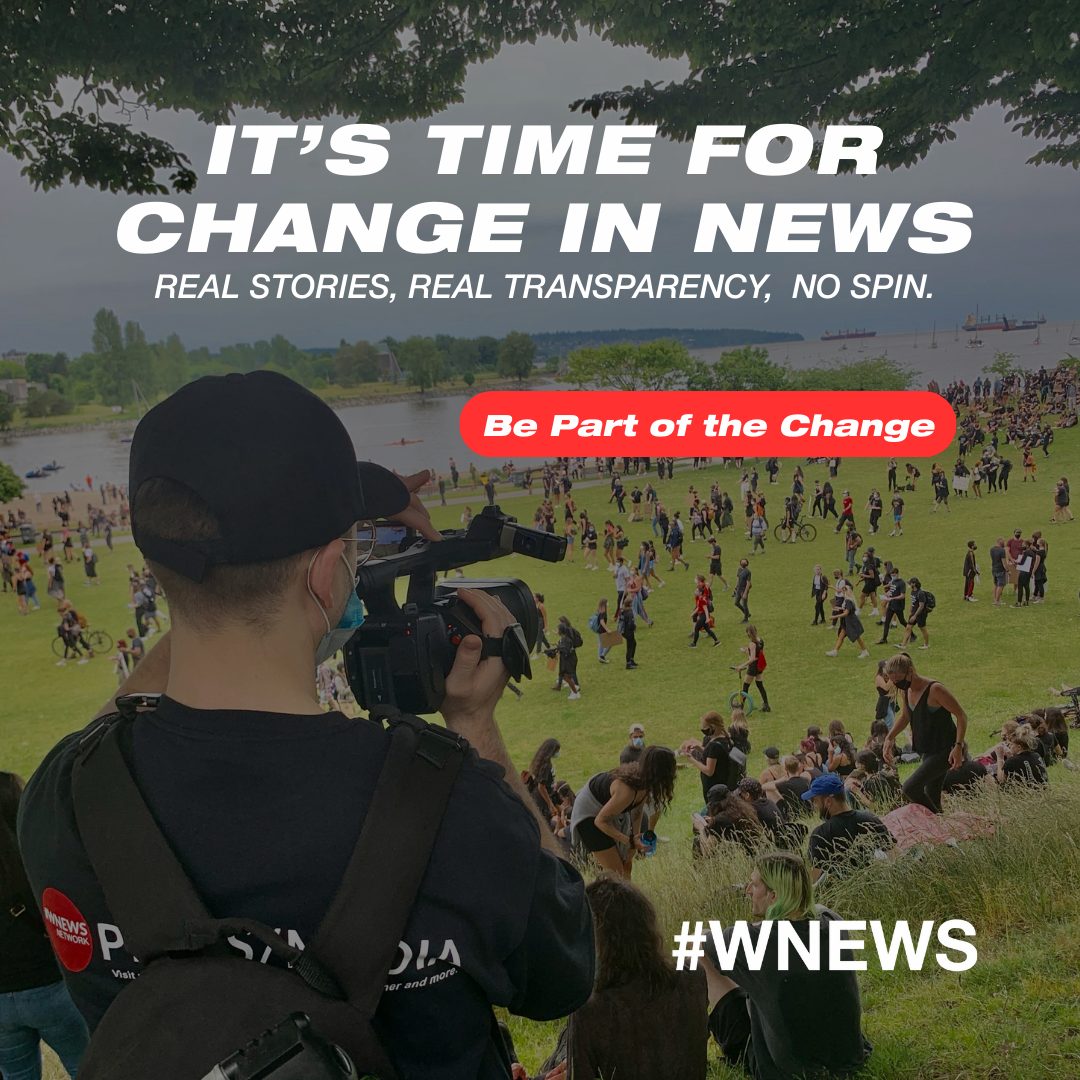Ottawa, ON, Canada (WNEWS) – In a historic display of civic engagement, nearly 2 million Canadians cast their ballots on the first day of advance polling for the 2025 federal election. This unprecedented turnout has prompted Elections Canada to consider operational adjustments to accommodate the surge in voter participation.
Record Numbers, Long Lines – But High Enthusiasm
Preliminary estimates show that near 2M electors voted last Friday on the first day of advance polls. A record number! To all the electors who had to wait in line, thank you for your patience!
— Elections Canada (@ElectionsCan_E) April 19, 2025
We’re going to continue to adjust over the next few days to handle the high traffic! pic.twitter.com/mqn9M0VfUA
The massive turnout on Friday, April 18, marks a record-setting opening day for advance voting in a federal election. While long lines were reported at multiple polling stations across provinces—from metro Vancouver to downtown Toronto and rural communities in Atlantic Canada—many voters expressed satisfaction and relief at being able to cast their votes early, despite the wait.
Elections Canada acknowledged the long wait times, thanking voters for their patience and noting that additional resources may be deployed over the coming days to handle the ongoing wave of participation.
Why Such a Big Turnout?
Several factors appear to have contributed to the massive first-day turnout:
- Scandal-fatigued electorate: The current Liberal-led federal government, now over a decade in power, has been embroiled in ongoing ethics and leadership controversies. With Prime Minister Justin Trudeau stepping down in March 2025 and Mark Carney taking over, many voters may be eager for change—or to defend the current path.
- Political polarization: Early polling has shown sharp divides between the major parties, particularly between Carney’s Liberals, Poilievre’s Conservatives, and Jagmeet Singh’s NDP, pushing many Canadians to vote early to lock in their decision.
- Holiday timing: The long Easter weekend may also have played a logistical role, giving many Canadians extra time off work to participate in advance voting.
- Social media mobilization: Influencers, community organizers, and partisan campaigners have used TikTok, Instagram, and X (formerly Twitter) to galvanize young and first-time voters to show up early.
Is the Polling Data Wrong?
While some online skeptics have questioned the reliability of early polling or whether Elections Canada was fully prepared, officials maintain that early estimates are being continuously verified. Political analysts caution against over-reading the implications of advance turnout without demographic data.
“There’s high interest across the country and it’s busy at a number of the polls,” said Elections Canada spokesperson Dugald Maudsley, as reported by CBC News. “A high turnout on the first day of advance polling doesn’t necessarily mean there will be a high overall turnout, but many signs are pointing in that direction.”
A Challenge—and Opportunity—for All Parties
Advance polling continues over the weekend and into next week, with final tallies expected to be released after polls close. All major parties have responded with increased on-the-ground efforts, encouraging their base to vote early amid concerns that Election Day congestion or voter fatigue could impact final results.
Campaigns for the Conservatives and NDP both claimed momentum based on the high turnout, with a spokesperson for the Tories stating: “Canadians are ready to fire the Liberals, and this turnout proves it.” Meanwhile, Liberals argue the surge shows a well-informed electorate responding to a forward-looking platform.
Elections Canada reiterated its commitment to transparency and real-time operations management. “We’re adjusting to meet the demand,” a spokesperson said. “This is what democracy looks like—busy, passionate, and determined.”
Looking Ahead
Nearly 5 million people voted at advance polls in the 2019 election, and 5.8 million did so in the 2021 campaign. Voter turnout was 67 percent in 2019 and 62.2 percent in 2021.
With millions more expected to vote before polls close, this early spike may be a harbinger of a record overall turnout, a sharp contrast to previous years where participation hovered just above 60%. For now, officials—and Canadians—are watching closely.








